Recent Advancements in PVC Geomembrane Liner Technology
One notable development is the integration of reinforced PVC geomembrane liner materials in landfill containment projects.
Tel: +86-411-39569550 | E-mail: info@geofantex.com/geofantex@gmail.com
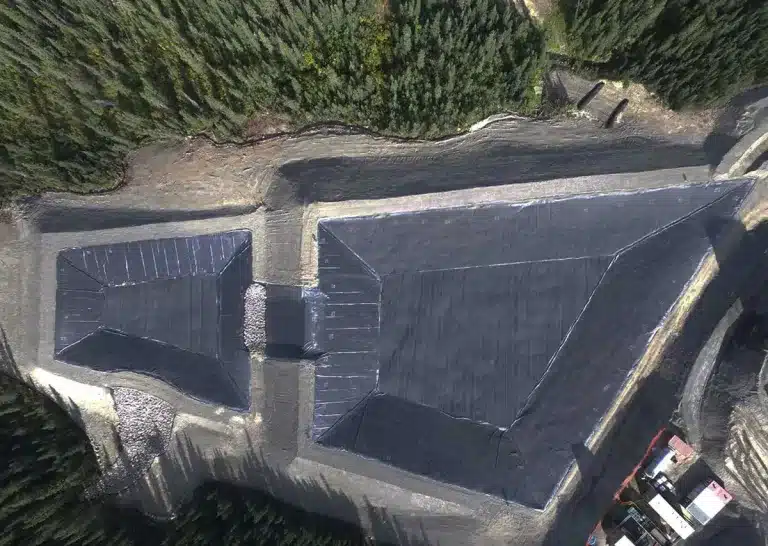
One notable development is the integration of reinforced PVC geomembrane liner materials in landfill containment projects.
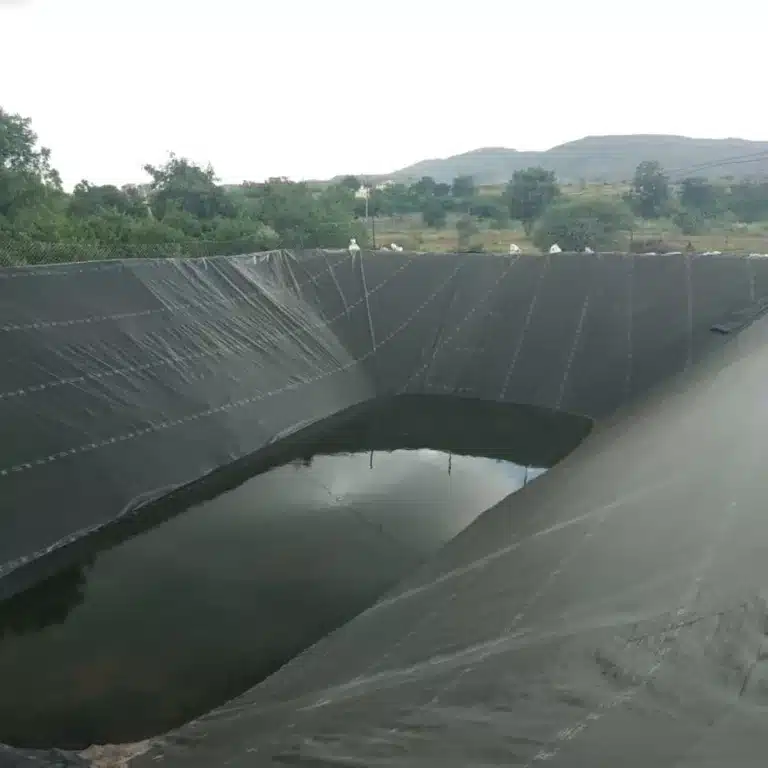
Recently, the geosynthetics industry has seen exciting new trends and breakthroughs in types of geomembranes.
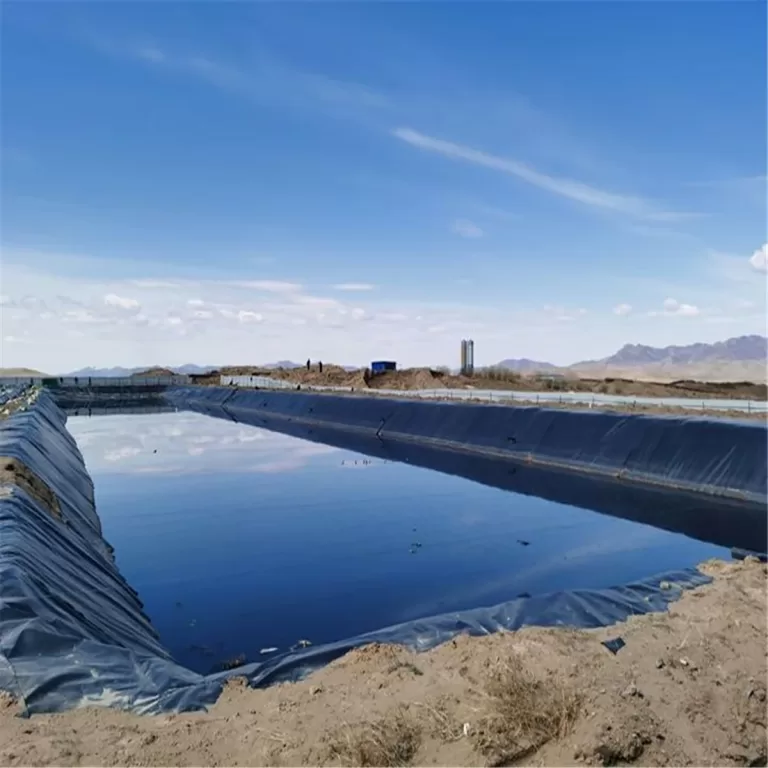
Geomembrane liners are essential materials in modern engineering projects, providing a waterproof barrier for a wide range of applications, from waste management to water containment. Essentially, they function as a synthetic barrier or membrane that controls the movement of fluids, like liquids or gases, in manmade structures, systems, or projects. These liners play a critical role in protecting the environment by preventing contamination of soil and groundwater. In this article, we will explore the different types of geomembranes, how they work, and their specific advantages over similar materials, such as HDPE.
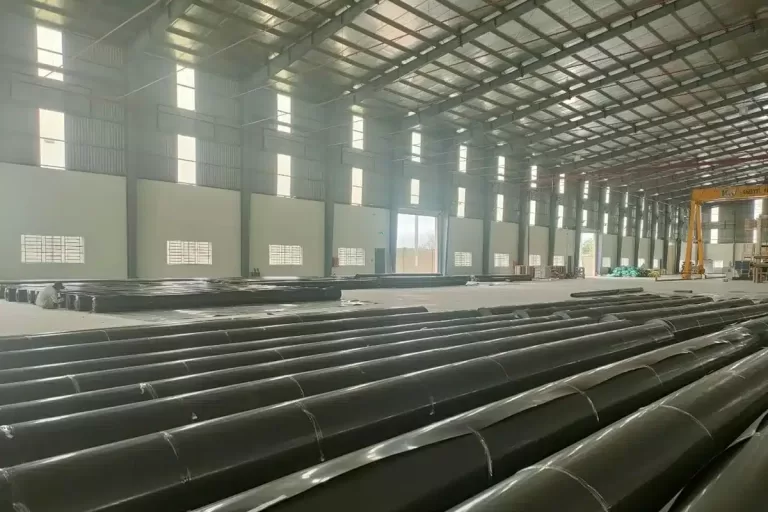
Geomembrane liners are essential components in various environmental, civil, and industrial engineering projects. These synthetic, waterproof barriers used to control fluid or gas migration in the environment are designed to prevent the movement of liquids or gases through their surfaces, offering critical solutions in areas such as landfills, reservoirs, and containment systems. In this article, we explore the definition of a geomembrane liner, the different types of geomembranes available, and how they differ from other geosynthetic materials like geotextiles.
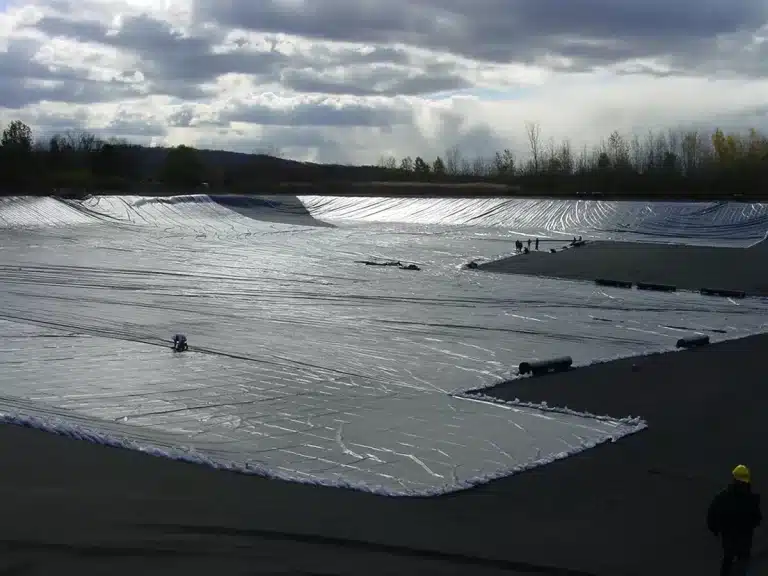
Geomembranes are pivotal in the world of waterproofing technologies, offering robust solutions to protect against moisture and environmental contaminants. As synthetic liners, they play a critical role in a wide array of applications, from environmental protection to civil and architectural engineering. This article delves into the effectiveness of geomembranes as waterproof barriers, explores the best types available, examines their installation process, and details the bituminous membrane waterproofing method.
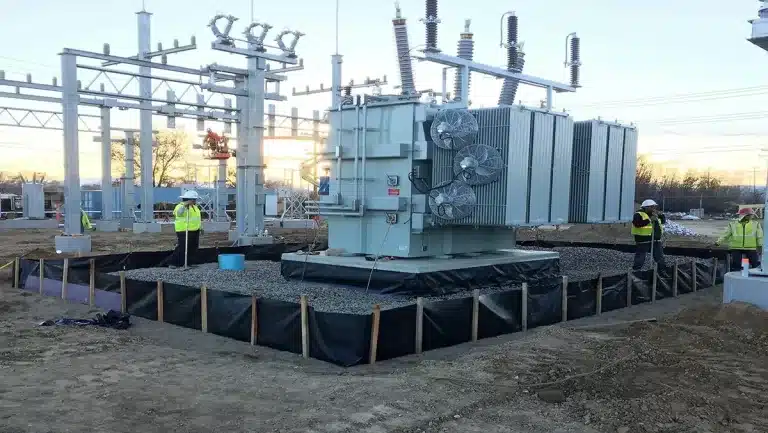
In the realm of civil engineering and environmental protection, the introduction of load transfer geomembranes has marked a significant technological advancement. These innovative materials are designed to provide superior support, stability, and durability to various structures, from roads and landfills to dams and erosion control systems. By exploring the functionality, benefits, and applications of load transfer geomembranes, we can gain a deeper understanding of their critical role in modern engineering projects and their potential to address some of the most pressing environmental challenges.

In the quest for sustainable water management solutions, the role of advanced materials cannot be overstated. Among these, drain liner geomembranes have emerged as a pivotal technology, offering unparalleled efficiency and reliability in protecting and managing our most precious resource: water. This article delves into the science and application of drain liner geomembranes, shedding light on how they work, their benefits, and why they are becoming an indispensable part of modern infrastructure projects.
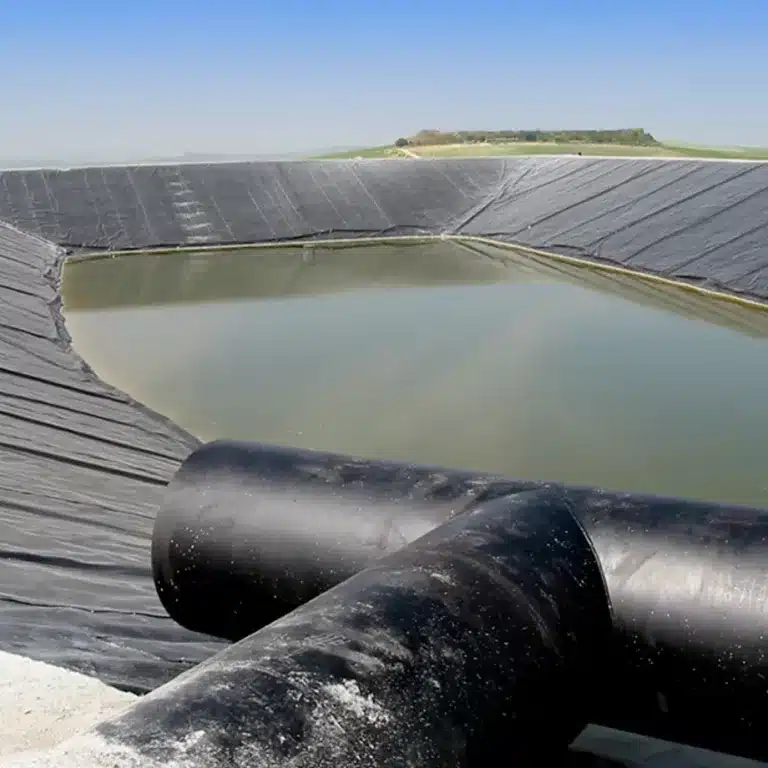
1、Geomembranes are thin two-dimensional sheets with a very low permeability.
2、The polymers come from a chemical plant in the shape of granules.
3、During further processing the granules are melted and after extrusion, eventually followed by spinning, the semi-manufactured products get the shape of sheets.
4、The additives can be used during melting before extrusion.
5、These additives have the main purposes of improving the less favorable properties of the basic materials, especially the sensitivity for alterations.

1、Geomembranes are thin two-dimensional sheets with a very low permeability.
2、The polymers come from a chemical plant in the shape of granules.
3、During further processing the granules are melted and after extrusion, eventually followed by spinning, the semi-manufactured products get the shape of sheets.
4、The additives can be used during melting before extrusion.
5、These additives have the main purposes of improving the less favorable properties of the basic materials, especially the sensitivity for alterations.

1、Geomembranes are thin two-dimensional sheets with a very low permeability.
2、The polymers come from a chemical plant in the shape of granules.
3、During further processing the granules are melted and after extrusion, eventually followed by spinning, the semi-manufactured products get the shape of sheets.
4、The additives can be used during melting before extrusion.
5、These additives have the main purposes of improving the less favorable properties of the basic materials, especially the sensitivity for alterations.
End of content
End of content
WhatsApp us